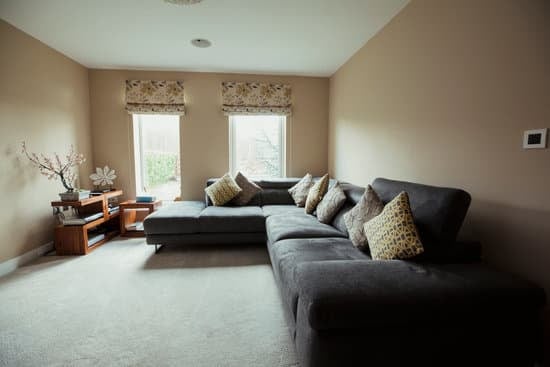Elements of Traditional Decorating Style
Traditional decorating style embodies a classic and timeless look that is inspired by the elegant designs of the past. Traditional interiors are all about sophistication and refined taste that lend a sense of warmth and comfort to a home. It is a decorating style that emphasizes symmetry, balance, and order. The main elements of traditional style include lush fabrics, rich colors, intricate details, symmetry in furniture placement and decor, and a focus on quality over quantity. The use of antiques, artwork, and stylish accessories also adds to the cozy charm and character of a traditional decor.Key Fabrics in Traditional Home Decor
Lush fabrics play a critical role in traditional decorating style. The combination of luxe, soft fabrics with elaborate patterns, such as velvet, linen, and silk, are key fabrics for upholstering sofas, armchairs, and accent chairs. Damask upholstery and window treatments, with their luxurious and intricate designs in rich hues, are particularly popular in traditional interiors. Additionally, chenille, brocade, and tapestry fabrics make a grand statement when incorporated into textured pillows and throws.- Variety of soft fabrics: velvet, linen, silk, chenille, brocade, and tapestry
- Use of Damask: in window treatments and upholstery
- Textured pillows and throws: adds a warm and cozy element to the decor


















